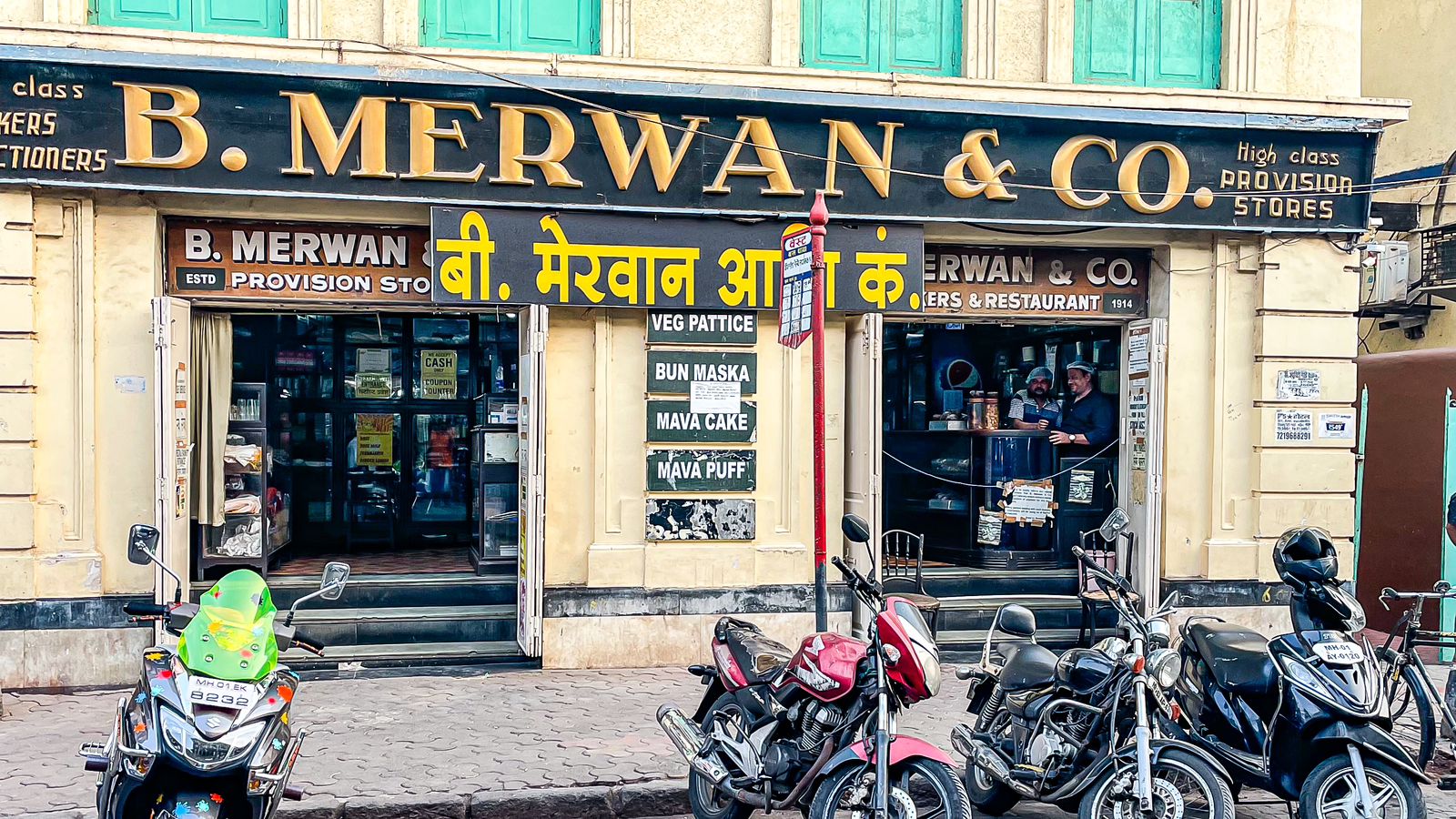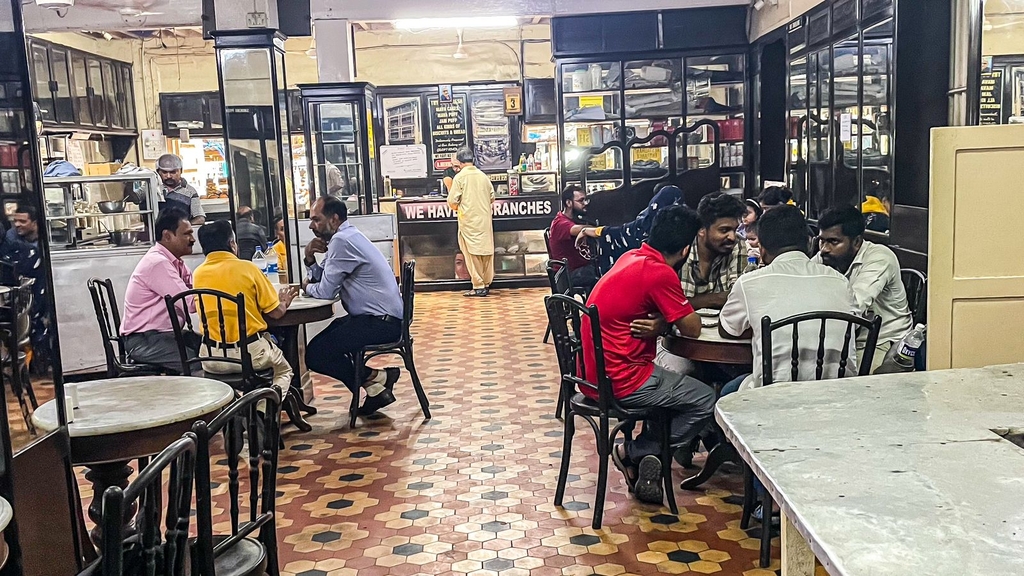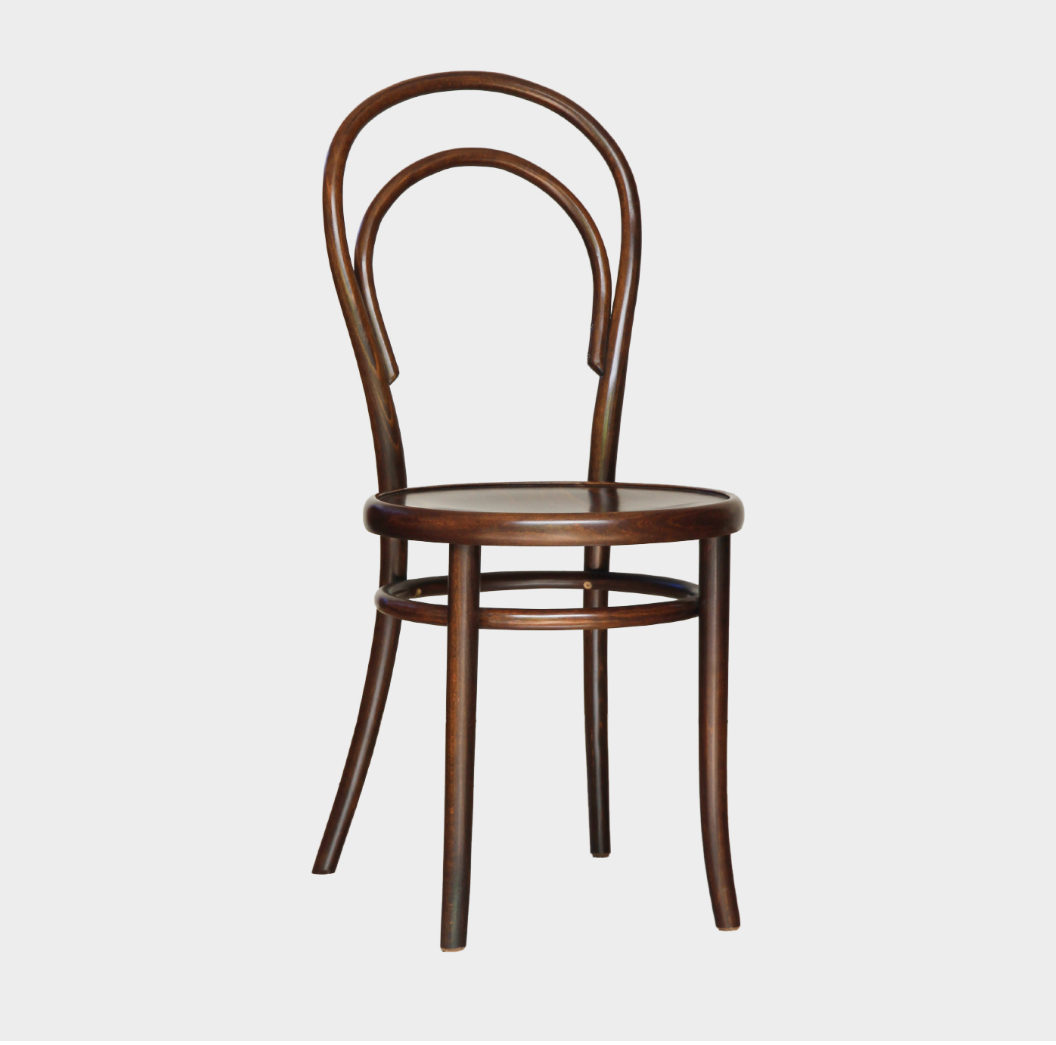
Like every major cultural capital of the world, Bombay too had its own café culture – The Irani café. They ruled the café scene in Bombay from the early 1900s to about the 1980s. These were places one would go for Irani chai, bun maska (butter), pattice, akuri (Parsi-style scrambled eggs), keema, classic Parsi dishes like salli boti, dhansak and berry pulao. One would gossip with friends over Chai, go out for an inexpensive date over akuri but rarely for a full meal. The Irani Cafes of Bombay became a way of life for many people in the city.
Parsis came to India around 900-1000 years ago. They were the rulers of Persia and fled to India when they lost the war to Arabs. There’s no clear date on when they came to India, but the landing in Sanjan, Gujarat and the story of the three wise Parsi men, the glass of Milk and Sugar’s well documented. The Parsis are Zoroastrians which’s one of the world’s oldest surviving religions. They follow the Shahenshahi calendar which celebrates the New Year in August. On the day they landed in Sanjan.
Iranis in India also follow Zoroastrianism and go to the same Fire Temples as the Parsis. But follow the Kadimi calendar which celebrates the New Year in March. The day of the Spring Equinox. To differentiate themselves from the Parsis. They call themselves Iranis. Though the Iranis came to India over a period of the last 300 years, the main exodus happened in the late 1800s and early 1900s because of a combination of the persecution of minorities by the Qajar dynasty and the Great Famines of 1870 and 1917. Many Iranis came to India and settled in Bombay, Gujarat and other parts of Western India.

Many of the Iranis who came to India set up small tea cafés. Corner properties were considered inauspicious by both Hindus and Muslims. The Iranis took up these corner properties for their cafés as rents were much cheaper. The advantage of corner properties alongwith their wonderful food, Irani chai made many of these Irani cafés landmarks. Before these cafés, there wasn’t any place in Bombay where one could catch up with friends over chai and an inexpensive meal.
The Irani cafés of Bombay had their typical quirks. Each of them had their own set of rules for Customers
No Gambling
Do Not Sit For Too Long
No Drinking
No Credit
Do Not Argue With The Owner
Certain features defined what was an Irani café. The cash counter was the central feature of the cafe, where the owner would sit and control each order and collect cash. Most cafés also had a shelf of packaged items like biscuits, soaps and other daily use items. Lots of wood and glass panelling on the walls and pillars. Many cafés would just serve chai, keema, eggs and bakery items, but no mains or full meals. Cafés like B Merwan in Grant Road came under this category. These cafes usually had wooden tables with round marble tops
Then there were the cafés which served more elaborate meals. Parsi food and Zoroastrian Irani dishes like berry pulao. Cafes like Britannia and Co started off a combination of tea, snacks and some mains and later evolved into full service cafés where full meals were the main focus, instead of chai and snacks. The full service cafés usually had chequered table cloths on each table covered with glass. Some of these served beer and alcohol after prohibition ended in Bombay and became popular hangouts both for eating and drinks. The chairs were another interesting feature of Irani cafés which defined their overall character.
The Irani cafés in Bombay are now a dying tradition today. Facing competition from new age cafés, unsustainable rents, a shrinking loyal clientele, not being able to connect with youngsters and not being able to upgrade their product. These Cafés are stuck in a time warp and dying out one-by-one.
Hopefully they won’t. Happy hunting and Chowder-on!
Categories:
Tags:

The Irani Cafe Chair – Defining What Is An Irani Cafe

Mumbai’s Infamous Eggless Omelette

The 20 Types of Indian Vegetarians